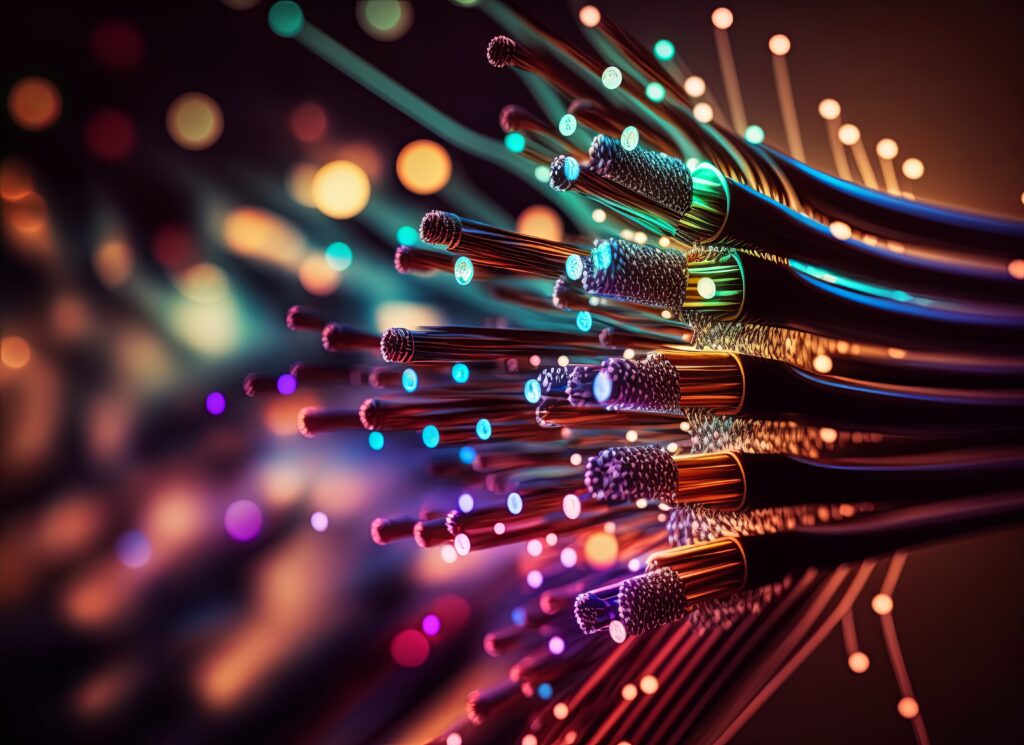Circular Economy
Sustainability, affordability and a long-term solution to achieve a ‘green telco’
How can the implementation of the Circular Economy be beneficial?
Nowadays, we are all aware of the need to reduce our carbon footprint in order to reduce emission levels and avoid catastrophic environmental effects. In fact, this is one of the main focuses in the business world, as well as reduction of energy consumption.

In recent times of global supply chain crisis due to component shortages and extraordinary lead times, many operators have proven that re-harvesting spares from redundant equipment has allowed for network capacity extensions and drastically reduced lead times, as well as avoiding price fluctuations.
We live in a world where there are millions still in digital poverty, while tonnes of equipment is being wasted- it simply makes no sense. The Circular approach allows for a fresh take on traditional procurement processes, allowing not only operators to benefit through annual Capex reduction, but also smaller alt nets to provide connectivity and life-changing opportunities to those who still aren’t connected to the internet.
So, why as an industry, is the preference to follow the linear procurement approach in discarding equipment to carry out upgrades with brand new equipment, generating annually more than 50 million tonnes of e-waste according to the GSMA?
Digital Divide
Ways we can support a globally connected world and encourage inclusivity and equality for all
What is the Digital Divide?
The digital divide refers to the gap between those who have access to technology and those who do not. This divide is evident among society, including differences in internet availability and digital literacy. While technology such as the internet has the potential to empower people and promote economic growth, the digital divide can have significant negative consequences for those who are left behind.


How does it affect people?
One of the most significant impacts of the digital divide is the lack of access to education and economic opportunities. Without access to technology and the internet, individuals don’t receive the same educational and professional resources as those who do. This drives a cycle of poverty, as it means less employment opportunities than more digitally literate citizens.
The digital divide can also have significant impacts on health and wellbeing. With the rise of virtual or telephone appointments due to the global pandemic, individuals who cannot access technology and the internet are unable to receive the same specialised healthcare services as those who can.
The World Bank highlights the importance of narrowing the digital divide as a means of fostering inclusion and increasing jobs. By reducing the digital divide, individuals who may have been previously excluded from employment opportunities can find new job opportunities. With increasing access to technology, individuals can develop new skills and achieve new qualifications, making them more employable in the future.
How can we help bridge the gap?
Fortunately, there are steps that can be taken to reduce the digital divide. One promising approach is the supply of refurbished telecommunications equipment. Refurbished equipment is often more affordable than new equipment, making it more accessible to those who may not have the financial means to purchase new equipment and supporting alternative internet operators (AltNets) establish an internet connection in such areas. Refurbished equipment can be just as effective as new equipment, making it a viable option for those who need access to the internet, regardless of speed.
The digital divide represents a significant challenge for society, with negative impacts on education, health, and economic opportunities. However, by promoting the use of refurbished telecommunications equipment, it is possible to reduce the digital divide, to build a more equal and inclusive society for all.

